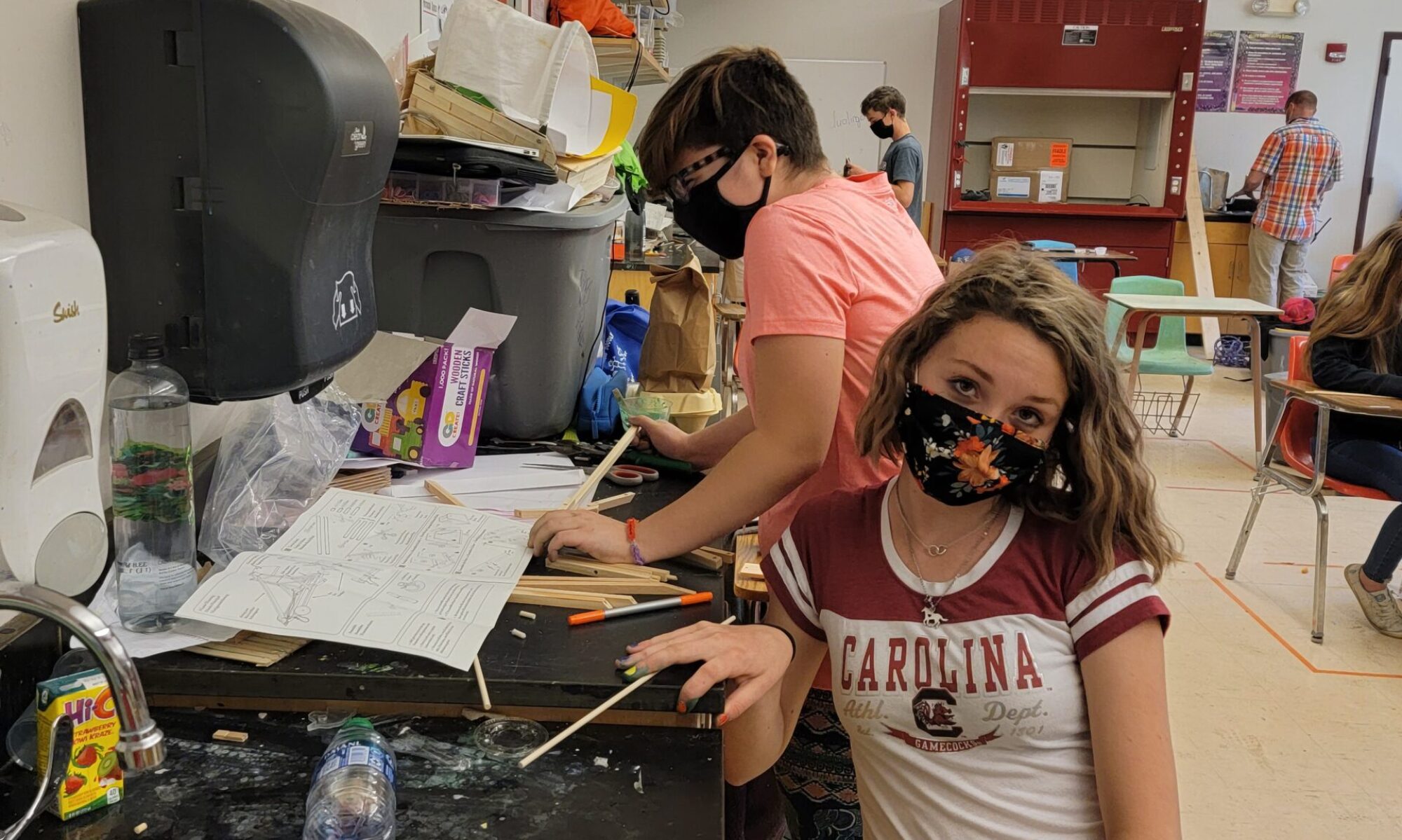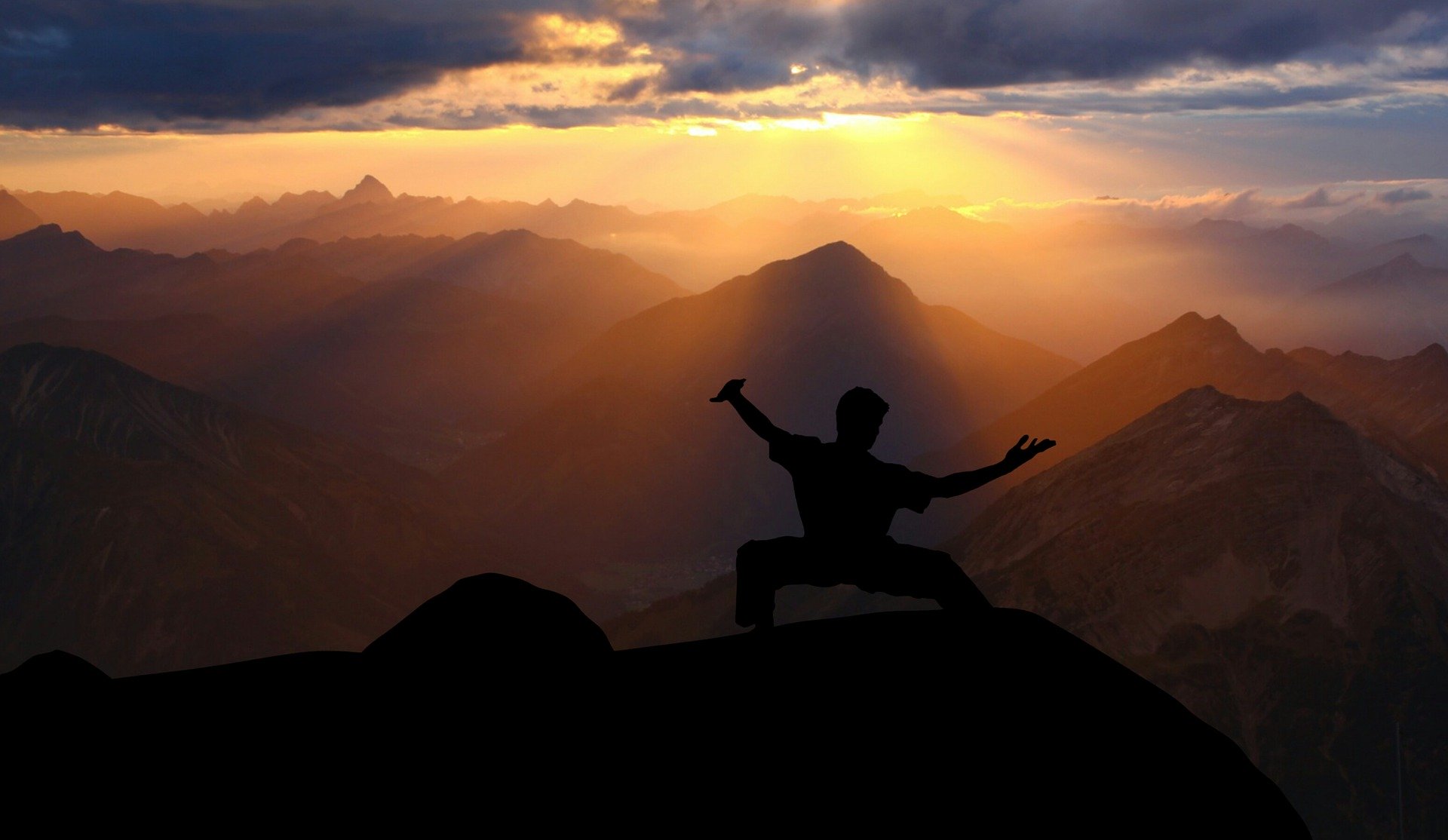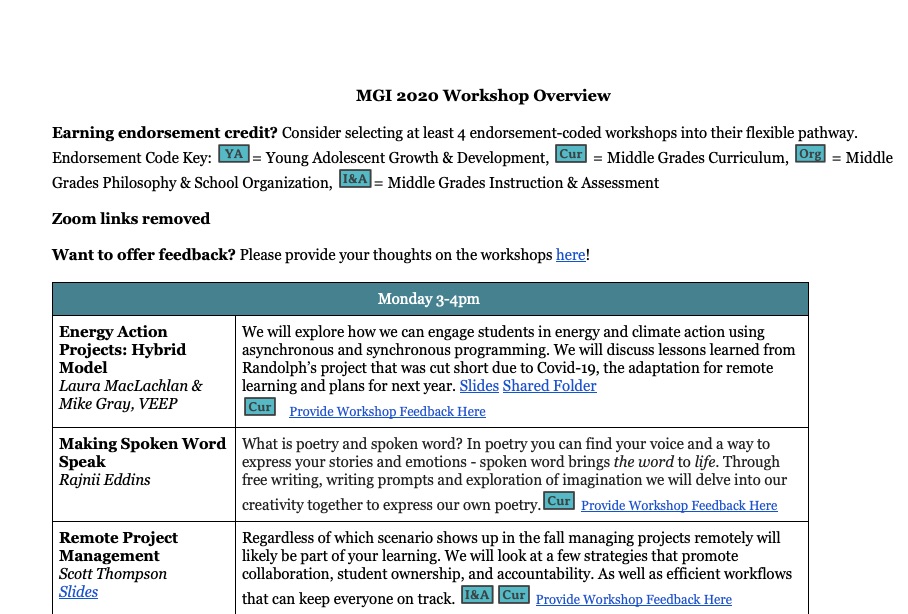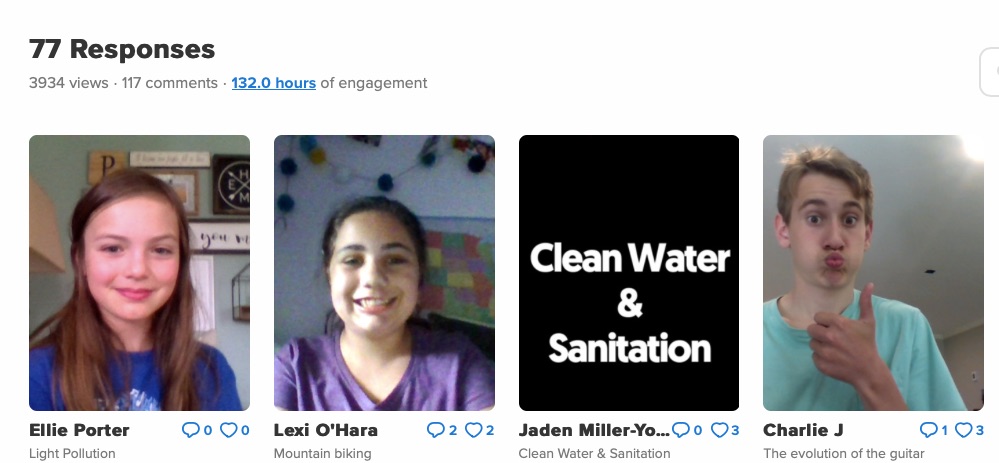The days of hosting public exhibitions and showcases in the school gymnasium appear to be over. For now.
Some schools and educators, however, have been very clever at hosting socially distanced and virtual exhibitions of student work and learning, despite the pandemic.
Why provide an audience for student work?
We know that student engagement and motivation increase when educators design an authentic audience for their work. When students create work that can be of service to the world, or they share work with people who produce valuable critiques? That motivates students. It gives them the incentive to develop quality products.
Ron Berger produced a useful Hierarchy of Audience that boils down to this: the more authentic an audience is, the higher the student engagement. For instance, families are a more motivating audience than teachers. The school community is a more motivating audience than families. Once the public outside the school gets involved, the stakes are higher.
Think of it as upping the ante for presenting.
Now the challenge is: how can we continue to provide authentic audience during the pandemic?
Here are 10 ways to provide socially distanced authentic audiences for student learning.
1. The virtual conference
Yep: Zoom rooms.
At the Middle Grades Institute this summer, educators selected from a schedule of workshop events and attended those workshops in a dedicated breakout room. This takes some organization and logistical planning, but the feedback from attendees indicated it was a huge success.
2. The Livestream
Platforms such as Facebook Live and YouTube allow users to livestream an event. In some cases, participants can ask questions or provide comments in a live feed. Presenters can choose to answer these as they come in, or let attendees know whether there will be follow-up after the event. These events can also be recorded, and included in a student’s PLP.
This past summer, two students in Essex VT, set up Facebook livestream concert to showcase their classical music performances. The two had been performing in person at libraries around Vermont. When the pandemic hit, they learned how to host and publicize those same performances in a way that brought them to the same public, authentic audience.
3. Embrace Flipgrid!
At Williston Central School, in Williston VT, teachers used Flipgrid in order to host a “virtual open house” Flipgrid is a platform where users can record videos to share with a select audience (videos are password-protected). The audience can then respond with their own videos. Through this platform, students were able to connect and engage with parents and other community members for feedback.
4. Get outside and stretch
A useful strategy for social distancing is getting and staying outside — away from other people. As such, we’re seeing a huge rise in the popularity of Story Walks. A Story Walk is a trail along which an organization installs plaques on sticks, like you have in state and national parks.
Students at Lamoille Union Middle School, in Hyde Park VT, constructed a story walk along the Lamoille River trail. Each plaque showcased a student group’s historical research, along with a QR code linked to a short student-produced video.
Right now, many libraries are constructing Story Walks, and would love to feature student work to share with the community. Get out, stretch your legs and learn!
5. Get your audience outside!
Middlebury opera educator Sarah Cullins runs the Youth Opera Workshop, in Middlebury VT. The Youth Opera Workshop provides opportunities for students to learn and perform opera for appreciative Vermonters — who are usually an older demographic.
Once the pandemic hit, heading out to nursing homes would have been a disaster. So instead, Cullins worked with elder care homes and public utilities to bring the appreciative audience out onto large green spaces. They were able to remain socially distanced while students presented their performance pieces in public exhibitions.

5. Make headlines in your local paper
One unexpected aspect of the pandemic is that subscriptions to local papers have gotten a hefty boost. People are more interested than ever in local information. And a lot of them read that paper online. And that can be a boon for students.
Local papers live for community-submitted items. Contact your local paper and pitch a student series of op-eds, or articles. That’s taking the audience for the learning out beyond the teacher, beyond the families, and out into the community.
Looking for critical feedback? The online publishing of local papers provides a robust platform for engagement with community members. Lay down ground rules for commenting (for community members) and work with your students to decide what their policy on responding to comments will be. For an extra boost, encourage students to send the link to their articles to experts in the field they’re studying. We’re all looking for a little extra connection right now.
6. Get your video out there online
While we’re all staying home to flatten the curve, we all still love a good video. Embrace video as a way for students to record themselves in the location of their choice and get it online. The link can be public and shared through school social media or unlisted and just shared with families.
At Mt. Abraham Union High School, in Bristol VT, students did just that to perform a rendition of Vermont’s state song, “These Green Mountains”. They wanted public feedback, so they reached out to the local community access television station in Middlebury as a way to build their audience.

Mt Anthony’s choral ensemble did something similar (video) and a big takeaway from both of those videos can be found in the comments. The comment sections to these two videos are filled with love and appreciation. They are from real people. They are positive and supportive.
7. Go big with your videos at the drive-in
During the pandemic, drive-ins are making a comeback. They let families get out of their houses and go the movies while still socially distancing (flatten the curve!). But The Warren School, in Warren VT, took it one step further when it came to their graduating sixth graders. The students traditionally prepare a reflection of their learning on video to share at the school exhibition. In order to keep that tradition going, the school worked with local drive-in The Big Pic to arrange a community showing of the student-made video. The Warren sixth graders’ authentic audience turned out in droves, and tuned in on their car radios.
You can do this.
Whatever you do, don’t give up on creating authentic audiences for student work. It may take some creativity and innovation and learning a new tool, but the technology and resources are out there. More than ever, students need to feel like their work matters to more than themselves and their teacher.
More for the door:
Share Your Learning have developed some resources to support educators with virtual exhibitions of learning, virtual student led conferences, and virtual presentations of learning.





